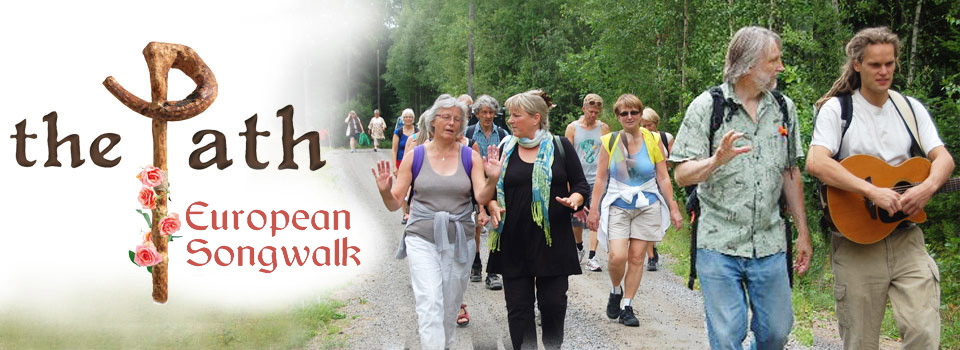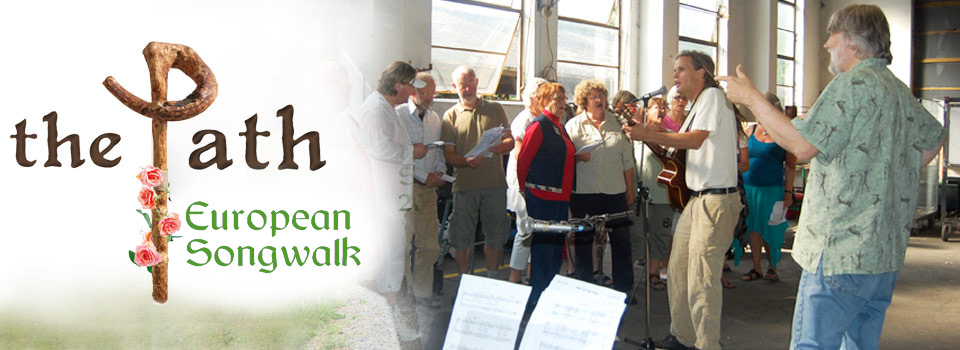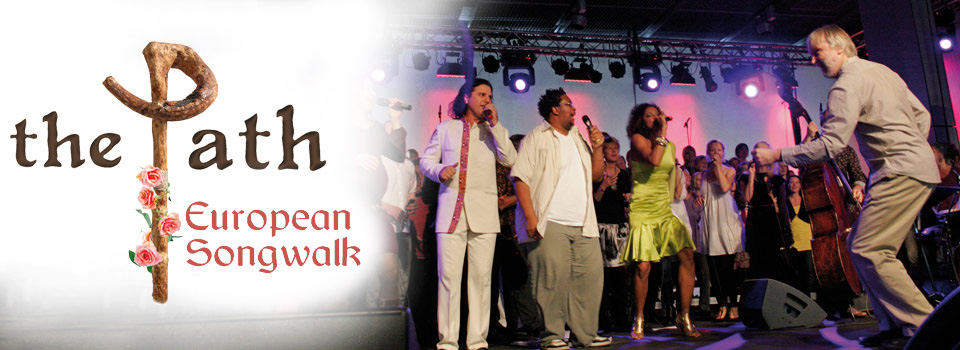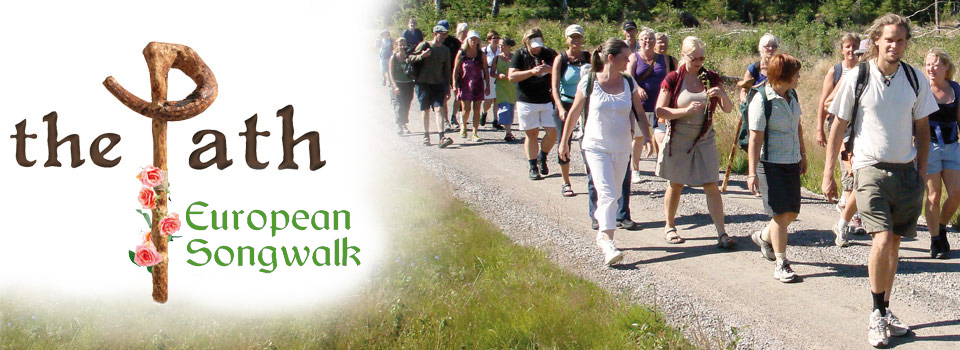The Om-Mountain
All mountains are special. They stick out.
I am fascinated by mountains, I have grown up surrounded by them, my name contains it, but now I have passed a mountain on my walk that sticks out more than most:
The Om-Mountain.
|
Omberg from the plains
|
Like the human who is defined by his relationships; ”Umntu gumntu ngabantu” as we say in South Africa – ”A man is a man in relationship to others”, so is the mountain defined by its surrounds. It is perceived in relationship with the valleys and plains around it. Omberg is, and is exciting because of the plains on the one side and the lake Vättern on the other giving this mountain its special profile. Placed somewhere else Omberg would probably feel quite insignificant.
|
Omberg from the water
|
You have the nature; apart from the plain, the woods and southern Sweden’s deepest lake you also have one of the most shallow; Tåkern, maybe the finest of the countries bird lakes.
You have the history with the ancient hill forts, the Rök runestone and the house of Bjelbo. And you have the spirituality with Alvastra, Vadstena and Birgitta.
You have the three themes of “The Path”; Nature, Culture and Spitituality in one go in an extraordinary mix that is hard to match anywhere else along the way.
The different parts of the mix have created a fantastic sum, but it is also easy to see how inherent conflicts in the parts have developed into a fruitful synthesis.
The gargantuan geological “conflict” between the ice sheet – the heavenly reservoir – and the earth is what provided the physical conditions. A land was born out of agony when a stubborn ice finally was loosing its grip in a last and drawn-out sigh. In the historical perspective it is not so long ago and all the tracks are there to see for those who can read the geological imprints. A virgin wetland, soon teeming with life was delivered and populated by the animals followed by man.
Around 5-6000 years ago the first farmer appeared, walking in from the south and encountering the hunter. These two ways of life according to recent published DNA-findings have lived parallel and the nomad has never been sufficiently impressed by farm-life in order to adopt it. Instead he has retreated back to diminishing biomes as the farmer has extended his stakes.
Similar patterns have appeared all over the world where “civilisation” has encountered the “savage”. A low-intensive warfare has ensued with devastating long-term effects for the mobile hunter when the heavier artillery has pulled in and claimed the land. In the end some kind of synthesis seem to have been reached where DNA and cultures mix and out of the shambles and conflicts something new appear.
Omberg’s three hill forts speaks perfervidly if yet not so articulately. Even if these forts are from the Migration Period (around 500 B.C.) it gives food for the fantasy to imagine an older frontline between the people of the mountain and the people of the plain, between hunter and farmer at the time of their meeting. Omberg in the past as a last resort for the hunter-gatherer? And Omberg today as a last resort of biological diversity worth protecting for the alienated and time-occupied man of today!
One of the forts on Omberg is Queen Ommas Fort. There is no historical evidence to explain the origins of the name but there are the more legends still alive in the folklore of the area. The whole Omberg-area is still imbued with female stories and female perspectives.
Saint Bridget of Sweden, certainly one of the most remarkable women to live in the vicinity of the Om-mountian, led a life in conflict between worldly and spiritual power. The power of the world, with the need to legitimise itself with spiritual insignia at the same time as it does not want to be the servant of the spiritual world. And the spiritual power’s need of protection from the worldly power while it does not want to live of the world. She knew both places, talked both languages. Took the fights and built a bridge between her visions and their manifestations that is still standing.
The work of Bridget also encompasses a gender perspective, as her monastery was the first one to contain both monks and nuns and be ruled by a Mother Superior. She took on the right and role of women in the “spiritual regiment”, a battle that is still not over.
After the seminary in Vadstena on Integration lead by three women under the aegis of Bridget, “The Path” has marched on from Vadstena via Alvastra to Heda and the big craft and art-fair there. We rendered a committed concert in a packed church, a manifestation of meetings and new fellowship in the shadow of age-old conflicts. We were the pilgrims walking in from the forest to the settlers of the plains with a message of fellowship, reconciliation and integration between peoples, times and gender.
The Heda fair is in the firm but artistic hands of another colourful lady based in the vicinity of Omberg; Vivianne Mansfield. The whole walk ended in her garden with her fantastic art on show in her house.
|
Painting by Vivanne Mansfield
|
When I and Peter Elmberg were visiting Omberg a year ago to plan the Path we were shown the surrounds by two knowledgeable guides, storytellers and visual artists: Vivianne Mansfield and Ana Danielsson.
We checked out Heda Church. When we walked through the door (which is placed right along the altar) we to our surprise ended up in the midst of a wedding, just next to the wedding-couple!
We retreated a bit apologetically and walked around the church. There was another exit that the couple chose to leave the church through in order to get the first married minute of their life all by themselves. Apart from the company of me and Peter of course, who walked right in to the intimacy. Then we took the car and drove up to Omberg on the beautiful road on the slopes of the mountain facing the lake. But after a short while a big old American car caught up with us. Spoon down, I thought at first, but decided to slow down instead to let the car, a big cabriolet with the happy couple making out in the backseat, pass us. Finally we reached Queen Omma’s fort and as we leave our car we hear a toast and a hurray for the newlyweds from the hostel in the vicinity!
It was like the image of the wedding-couple, of the holy meeting and union of the opposites, did not want to let go of us.
Maybe that is what the Om-mountain and Queen Omma is all about….
That is why we from “The Path” say thank you very much for this time. We will meet again.








